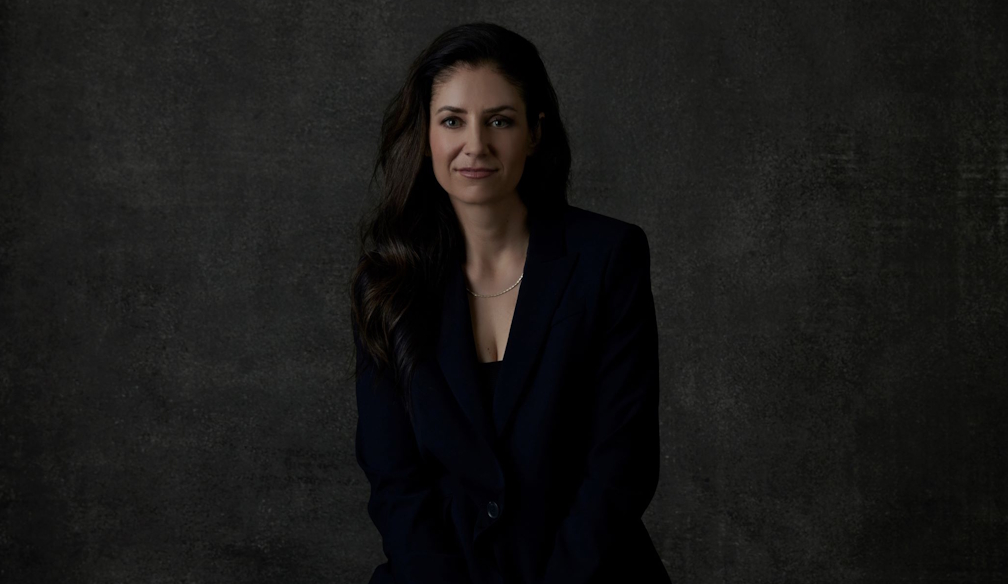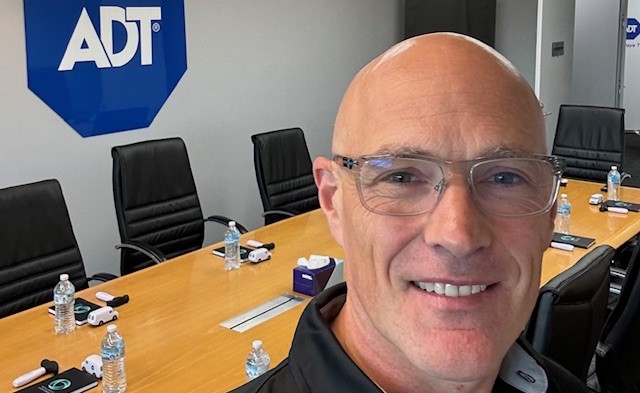What Makes a Tour Guide Business Senior-Friendly

Travel can enrich later life, but it can also feel daunting when tours overlook older adults’ realities. Truly, senior‑friendly operators design every moment—from ticketing to farewell dinner—with comfort, dignity, and joy in mind.
Many planners now consult retirement travel clubs and even activity directors at senior living communities to learn what really matters when knees ache or hearing aids buzz. In an aging world, travel should remain a source of wonder, not worry. The result is not a different destination, but a gentler rhythm that lets mature travelers savor it without strain.
Accessible Itineraries and Pace
A senior‑friendly trip starts with an itinerary that respects energy levels. Days begin after sunrise, include generous breaks, and limit walking so no one feels rushed. Guides choose two or three highlight sites rather than cram a dozen attractions into daylight hours, allowing unhurried exploration and extra seating time.
Optional afternoons replace mandatory shopping detours, giving guests space for a nap or a quiet café. By building cushion time, operators turn curiosity into pleasure instead of fatigue.
Thoughtful Transportation and Mobility Support
Moving from point A to point B can make or break a tour. Companies committed to seniors charter coaches with low steps, wide aisles, and lifts for wheelchairs or scooters. Drivers help stow mobility aids and keep the front rows free for travelers with limited balance.
In cities, guides favor riverboats, trams, and funiculars over steep staircases or crowded subways. When walking is inevitable, headsets let guests pause on a bench yet still hear commentary. The goal is simple: everyone arrives together, comfortable and confident.
Clear Communication and Personal Connection
Older travelers value clarity more than cleverness. Guides speak at a measured pace, project their voices, and repeat key facts while facing the group so lip readers can follow. Daily printed schedules use large fonts and list emergency contacts in bold.
Equally important, staff learn each guest’s name, mobility concern, and bucket‑list wish, fostering an atmosphere of mutual respect. This personal attention transforms a sightseeing tour into a community on wheels, where questions are welcome and no one feels invisible.
Safety, Health, and Peace of Mind
Many seniors travel with medication routines or chronic conditions. Responsible operators guarantee elevator access, walk‑in showers, and firm handrails at every hotel. They carry basic first‑aid supplies, maintain lists of nearby clinics, and brief guests on local terrain so no one is surprised by cobblestones or humidity.
Travel insurance options are explained in plain language, and staff discreetly check that travelers stay hydrated and eat on schedule. By anticipating health needs instead of reacting to them, guides turn worry into wonder.
Conclusion
Designing a senior‑friendly tour is less about age and more about empathy. When operators slow the pace, support mobility, communicate clearly, and prioritize safety, they unlock destinations for people who have earned time to savor them. The reward is a journey that leaves everyone—guides included—with fuller photo albums and an even fuller sense of connection to the world.









